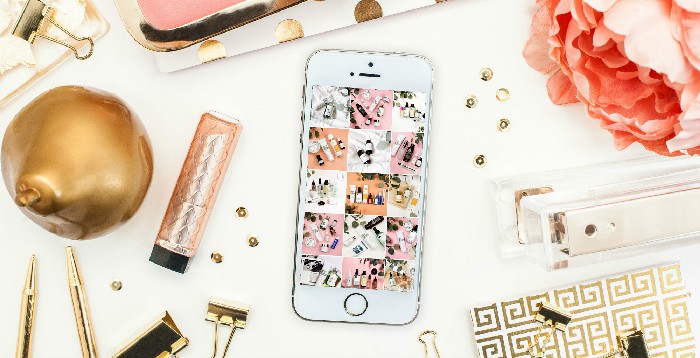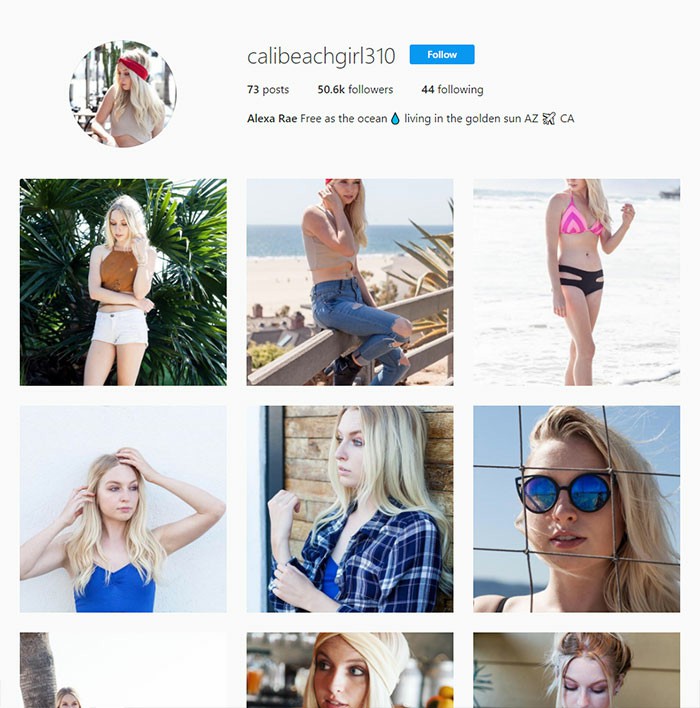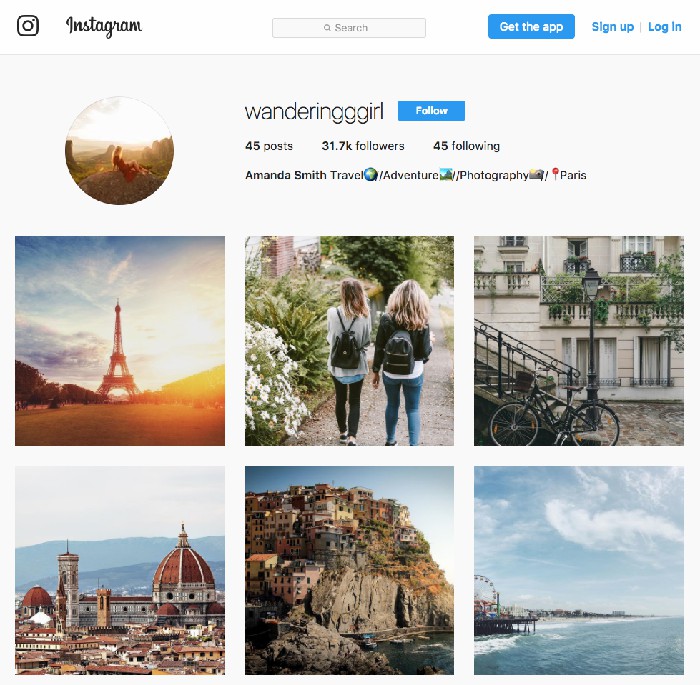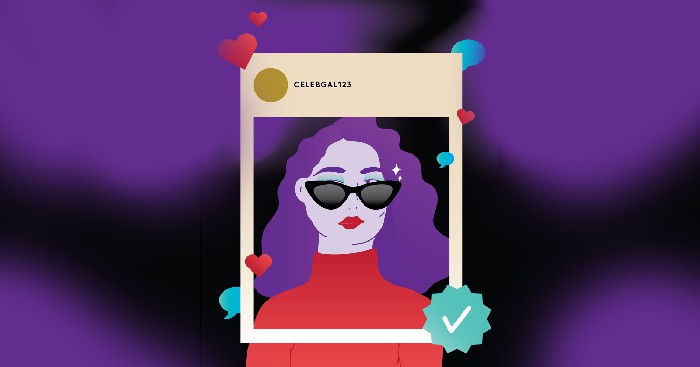
Image Via : Social Fresh Up
I’ve received them, you’ve probably received them, your aunt who’s still figuring out how to use Instagram has probably received them. We’re talking about emails encouraging you to pay for more followers. These emails are becoming the new norm, replacing the fraudster emails we used to get years ago, claiming to be from African Princes who want to give you all their money in return for your bank details…
While many of these offers of tripling your following tend to only work for a few months at most, many people still choose to give it a go in order to boost their social media following. Now, this isn’t such a big deal when a few girls who just want to look cute on Instagram do it for their own personal gratification but it actually is a billion-dollar problem when people who are paid to influence others via Instagram, start doing it in gross numbers.
Influencer Fraud Is A Thing Now
This new phenomenon, now called Influencer Fraud, is expected to cost advertisers over $1 Billion this year and rising. It’s easy to see why when if the reports are to be believed, at least 50% of engagement on sponsored content is fake. Still confused? It’s pretty simple, large companies pay influencers a great deal of money to advertise and promote their product to their huge number of followers. But if their followers are mostly fake accounts, manned either by bots or the company they paid to get them, the company is wasting their money on that influencer. That influencer isn’t really an influencer at all because anything their post is reaching a fake audience see? To give you an idea of the amount influencers receive from a single post, Chiara Ferragni claims her highest paid advertisement was $12,000 while it’s rumoured that Kim Kardashian can receive up to $300,000 for a single post! That’s a lot of money if all the people following the Instagram account aren’t real and there’s zero chance of that advertisement turning into sales.To put it another way, to buy just 1,000 followers on Instagram can cost as little as less than $20, a very tempting offer to any budding wannabe influencer who hasn’t quite reached the numbers she or he needs.


Images Via : Media Kix
Influencer marketing is an extremely fast-growing marketing strategy however with the potential for destruction already very high, it may only get worse and the risk involved increase. The internet and real influencers are standing up now and attempting to do something about the issue that has the potential to destroy the idea of influencer marketing and the job in its entirety. California based influencer marketing agency Media Kix pulled off a terrifying stunt over the course of four-months to prove a massive point. Meet Amanda Smith, A.K.A. Wandering Girl loves to travel to Paris and is all about the camping under the sunset lifestyle. Alexa Rae, otherwise known as Cali Beach Girl spends most of her time on the beaches of Santa Monica, soaking up the Cali life in bikinis. They both have a huge following and their curated Insta grid looks tempting and professional. The problem? They’re completely fictional and created by Media Kix. Using stock images and paying for followers, Wandering Girl and Cali Beach Girl managed to secure four paid advertisements between them as well as free products from the brands, all within a matter of months from unsuspecting brands. Of course, the brands who fell for these fake influencers were told the truth and Media Kix’s point was made clear; all you need is money in order to look legit.
Thanks to this stunt bringing some of the issues around influencer marketing to light, brands aren’t completely helpless now. The obvious fraudsters are easy to spot and they’re now aware of them. Over 30K followers with less than 100 posts and they’re only following a hand full of people themselves, dead giveaway. Others are more careful with how authentic their profile looks, ensuring they have an average number of posts for their number of followers and are following the average amount of people themselves, allowing them to slip more easily under the radar.

Image Via : Refinery29
#Sponcon
But it’s not just paid followers that’s the only problem. There’s also Sponcon going on behind the scenes which is another way for fake influencers to gain notoriety, look legitimate and gain actual, real sponsored advertisements. Sponcon involves posting fake ads or conning the brands that may follow them into thinking they are already working with other brands, they look like their posts are translating into sales for the other brands, enticing real brands to give it a go too.
Ultimately, it’s a risky business altogether. These social media platforms, Instagram in particular is constantly changing their algorithms which affects the way followers see influencers’ content. Couple this with the fact that by accidently choosing a fake influencer, brands could be paying for absolutely nobody to see their ads and just how easy it is to fake being an influencer, it’s safe to say it’s an absolute mine field. If brands want to continue working and advertising in this way without losing out and wasting money, things are going to have to change and like most things, it will almost certainly hit small businesses and freelancers first. Instagram have already started making changes in order to hide how popular certain posts are by removing the number of likes but realistically, an easy way to enforce authenticity on social media would be through a paid monthly service and proof of website, location and perhaps even proof of registered business or status, you heard it here first…
